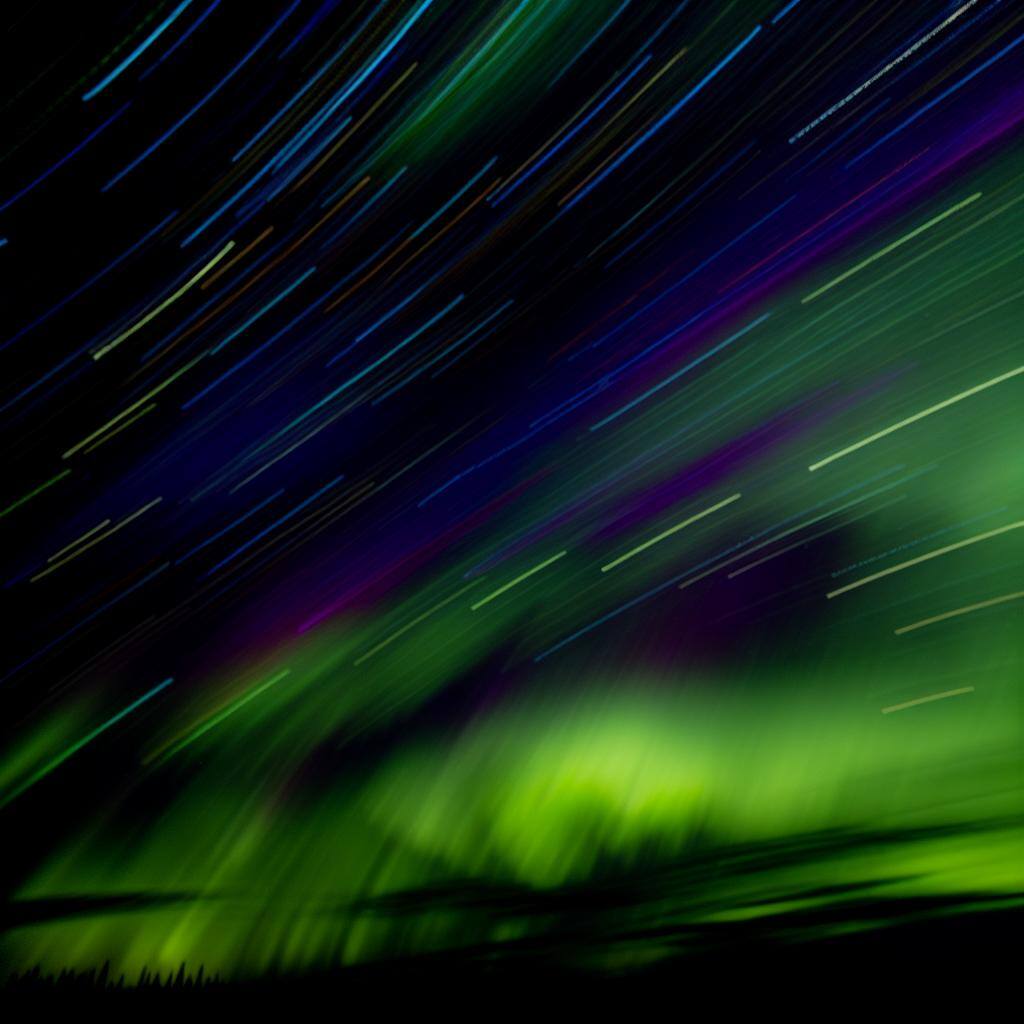Decoding the Northern Lights: What Makes Alaska Special
Alaska's geographic position close to the Earth's magnetic north pole makes it an exceptional location for observing the Northern Lights, or Aurora Borealis. This natural phenomenon occurs when charged particles from the sun collide with molecules in Earth's atmosphere, resulting in a spectacular display of colored lights across the sky. Alaska's long, dark winter nights create an extended window of opportunity to witness this awe-inspiring event, making it a bucket-list destination for enthusiasts and photographers alike.
Moreover, the state's low light pollution, especially in remote areas, ensures that the aurora's vibrant hues can be seen in their full, unadulterated glory. From the silent, snow-covered wilderness to the unique geomagnetic conditions, Alaska offers a combination of factors that create the perfect natural stage for the Northern Lights show.
Identifying Your Ideal Aurora Viewing Season
The best time to see the Northern Lights in Alaska is during the long, clear nights of winter and early spring, roughly from late September to early April. During this period, the skies are sufficiently dark to allow the colors of the aurora to be visible to the naked eye. The peak of the season typically occurs around the equinoxes, in late March and late September, when auroral activity is often at its highest.
While the Northern Lights can be somewhat unpredictable, planning your visit during this window increases the chances of a sighting. Additionally, it's important to monitor geomagnetic activity forecasts, as solar flares and solar wind can lead to more intense and frequent displays.
Top Locations in Alaska for an Unforgettable Northern Lights Experience
Fairbanks is often considered the premier destination for aurora viewing due to its position under the 'Auroral Oval,' a ring-shaped zone over the far north where aurora activity is concentrated. Other notable locations include the Brooks Range, Denali National Park, and the Yukon Territory. These areas offer not only a high likelihood of aurora sightings but also stunning landscapes that enhance the overall experience.
Remote lodges and tours are available to take enthusiasts into the heart of darkness, away from city lights. For the adventurous spirit, embarking on a dog sled journey under the aurora-filled sky can be a magical and exhilarating experience.
Preparing for Your Aurora Adventure: Tips and Essentials
Viewing the Northern Lights in Alaska requires preparation, particularly for the cold winter conditions. Dressing in layers with thermal insulation, having a warm hat and gloves, and using hand and foot warmers can make the experience more comfortable. It's also wise to pack snacks and warm beverages for your night out under the stars.
Knowledge of the area and safety in remote locations is crucial. Consider hiring a guide or joining a tour group, especially if you're unfamiliar with the region. They can offer valuable information on weather patterns, the best viewing spots, and any necessary precautions.
Photographing the Northern Lights: A Beginner's Guide
Capturing the Northern Lights requires a camera with manual settings and a tripod to keep the camera stable during long exposures. A wide-angle lens with a fast aperture, ideally f/2.8 or lower, allows more light to reach the sensor, which is essential in low-light conditions. It's also important to learn how to focus your lens to infinity to ensure the stars and aurora are sharp.
Experiment with different shutter speeds, ISO settings, and apertures to find the perfect combination for the night's conditions. Taking the time to understand the basics of nighttime photography will pay off when you're able to immortalize the ethereal beauty of the aurora borealis.



.jpg)






.jpg)


.png)
0 Comments